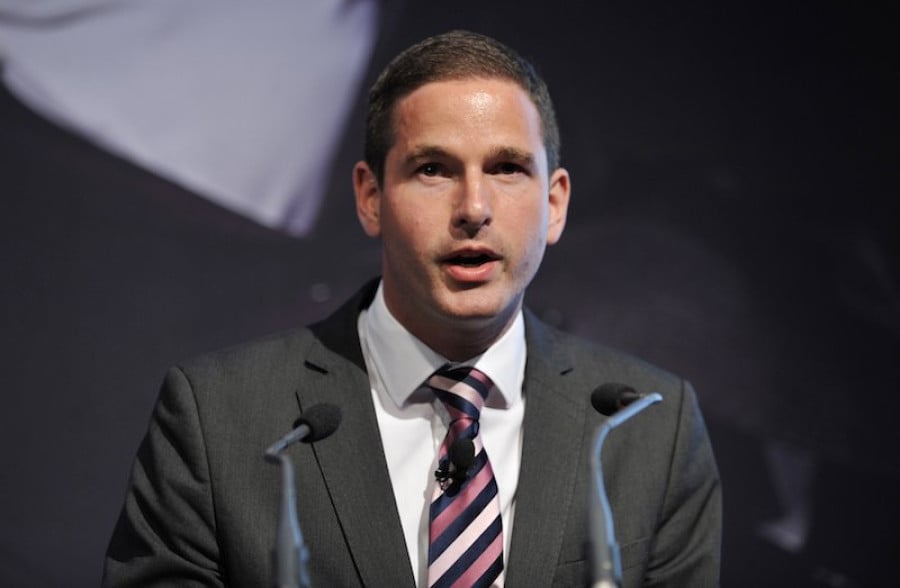“Not only must Justice be done; it must also be seen to be done”
Tuesday, 30 September 2014It has been an exciting summer for sports lawyers off the pitch since the World Cup Brazil 2014 came to end with the Luis Suarez, Legia Warszawa and Barcelona cases all working their way to the Court of Arbitration for Sport.
With so much at stake financially for players, coaches, clubs, leagues and countries there has been lots of debate within the sports law community speculating over the outcome of the cases and discussing the interpretation of the specific regulations.
Over the summer at LawInSport we have written and published articles either before the cases have been heard or on the same day. In order to do this it is important to have all the facts, which can be difficult if a decision has not published. We have been heavily reliant on the information provide by the regulators and appeal bodies (e.g. FIFA, UEFA or the Court of Arbitration for Sport).
In the Suarez and Legia Warszawa cases the sports regulators have been excellent with providing regular, clear and detailed updates to keep the football and legal community up-to-date. In our experience this has improved greatly over the last 5 years, perhaps in part due to the rise of the information age and use of social media or perhaps lessons have been learned from past failures.
A good communication strategy is something that is easily overlooked by regulators in sport who rightly focus their attentions, with their legal teams and outside counsel, on developing robust rulebooks. However, even with a set of well-drafted regulations and distinguished disciplinary panels members, regulators can leave themselves open to criticism or misunderstanding which can be financially expensive and draining on resources.
Sports regulators will always face some form of criticism, you can rarely please everyone, but it is best to minimise this to the fullest extent possible. This is where a good communication strategy can help regulators win the hearts and minds.
The benefits of a dual approach are:
- Stakeholders become educated about the rules and disciplinary process, saving the regulators time and money by reducing the volume of unnecessary and time consuming questions or misguided appeals
- Improved relationships with stakeholders gives sports regulators more time to work on important projects rather than fire fighting a media storm on an issue that has simply been misunderstood
- Clear rules and communication strategies save time and in turn reduces the costs of the legal and communication teams allowing them to focus on proactive projects that will add value to the organisation.
It seems obvious, but it is commonplace within football that the communication/education role of regulators is overlooked. However, from the events this summer we are pleased to see this is changing significantly.
I think this old doctrine sums it up nicely: “justice should not only be done, but should manifestly and undoubtedly be seen to be done.” - Lord Hewart, R v Sussex ex parte McCarthy [1924] 1 KB 256; [1923] All ER Rep 233
This article was written for and first published in the Official 2014 Delegate Guide for the Soccerex Global Convention 8-10th September 2014.


- Champions League Court of Arbitration for Sport (CAS) Football Soccerex Soccerex Global Convention UEFA

 Global Summit 2024
Global Summit 2024